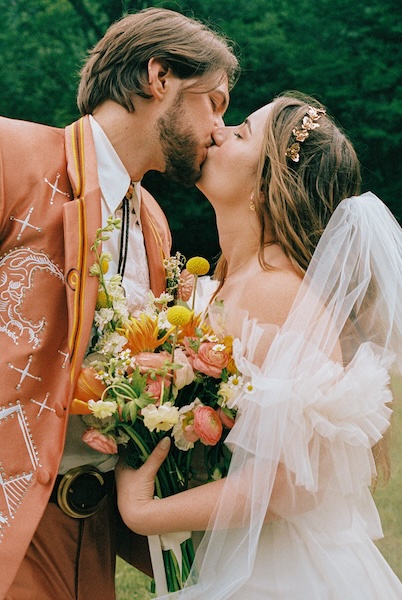Industry News
While Vogue continues to get backlash over its decision to use Annie Leibovitz for its August cover of gymnast Simone Biles, Vanity Fair is being lauded, for the most part (with critics wondering why they waited so long), for hiring a Black photographer to shoot its July/August cover, of actress Viola Davis.
[Read: Behind British Vogue’s Covers Honoring Frontline Workers]

Vanity Fair’s choice, Dario Calmese, was the magazine’s first ever Black photographer to shoot the cover, and it was marked as a milestone by the 107-year-old publication on Twitter.

According to VF editor-in-chief Radhika Jones, “Dario Calmese’s first V.F. assignment was a feature on Billy Porter a little more than a year ago. Since then, he has photographed the actors George MacKay and Adrienne Warren for us. This is his first major magazine cover, and we celebrate him and honor his vision at this heightened moment in American history.”
Jones also said she hopes that “this choice of photographer and cover star, and future choices at the magazine, will inspire young people—’a future actor, director, photographer, writer’—to pursue their creative visions and make it into the pages of Vanity Fair.”
As The New York Times reported, “Calmese may not have realized he was the magazine’s first Black photographer when he got the assignment, and he spoke glowingly of his interactions with Vanity Fair staff. But he did not shy away from the heat of the moment, in media and in fashion.”
Calmese explained to The Times that the Viola Davis cover photo was “a re-creation of the “The Scourged Back,” an 1863 portrait of an enslaved man whose back is ravaged by whipping scars. When he came across it a few days before the shoot, he decided to replicate it. Calmese’s image of Davis, he said, “reclaims that narrative, transmuting the white gaze on Black suffering into the Black gaze of grace, elegance and beauty.”
Calmese also said in an interview the week before the cover’s release: “I did know that this was a moment to say something. I knew this was a moment to be, like, extra Black.”




